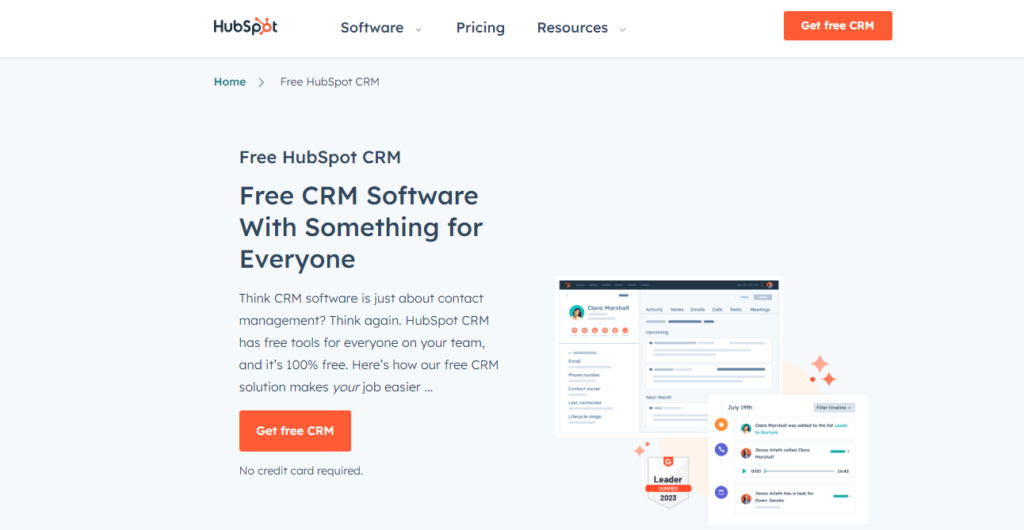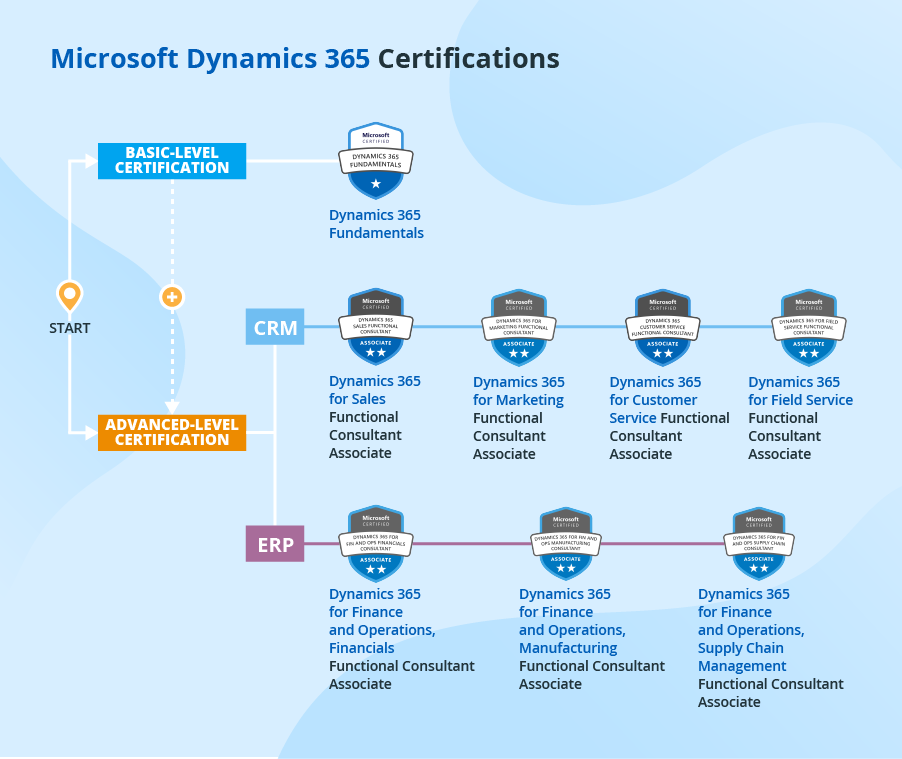Hey there, friend. Imagine this: You’re running a small coffee shop, juggling customer orders, tracking inventory, and trying to remember who loves that extra shot of espresso in their latte. Sound familiar? One day, a loyal customer walks in, and you nail their order perfectly—because you remembered. That little «aha» moment? It’s the magic of strong customer relationships. Now scale that up to your business in the digital world, where everything moves at warp speed. That’s where CRM—customer relationship management—steps in as your secret weapon for digital transformation.
As Amaury Muñoz, a digital creator who’s spent over five years helping solopreneurs and small teams level up their online game, I’ve felt that overwhelm firsthand. I once managed client outreach with nothing but spreadsheets and sticky notes. Spoiler: It was chaos. But introducing a CRM? Game-changer. It didn’t just organize my contacts; it transformed how I connected, grew, and scaled. If you’re dipping your toes into digital tools or feeling stuck in the analog age, stick with me. We’ll unpack why CRM isn’t just «nice to have»—it’s essential. And hey, you’ve got this. Let’s dive in.
What Exactly Is CRM? (And Why It Feels Like a Hug for Your Business)
Let’s keep it real simple: CRM is like a super-smart digital Rolodex that tracks every interaction with your customers. It’s not some cold software—think of it as the heartbeat of your customer data, from emails and purchases to social media chats and support tickets. Tools like Salesforce, HubSpot, or even free ones like Zoho CRM pull all that info into one place, so you can nurture relationships without the guesswork.
Why does this matter for you? In today’s hyper-connected world, digital transformation means shifting your business from manual processes to smart, automated systems that use data to drive decisions. Without CRM, you’re flying blind. With it? You’re building loyalty, boosting sales, and creating personalized experiences that make customers feel seen. I remember launching my first online course—without CRM, follow-ups were hit-or-miss. Now? Every lead gets timely, tailored nudges, and my conversion rates? Up 40%. It’s that emotional connection that turns one-time buyers into raving fans.
How CRM Powers Your Digital Transformation Journey
Digital transformation isn’t about fancy tech for tech’s sake—it’s about evolving your business to thrive in a world where customers expect seamless, omnichannel experiences. CRM sits at the core, integrating with everything from email marketing platforms to e-commerce sites and analytics tools. It’s the glue that holds your customer lifecycle together: awareness, engagement, conversion, and retention.
Streamlining Operations for Smarter Growth
Picture your team wasting hours on duplicate data entry or chasing leads that go cold. CRM automates that drudgery, freeing you to focus on what lights you up—creating value. It syncs with your digital ecosystem, like linking to Google Workspace or Shopify, so insights flow effortlessly. The result? Data-driven strategies that align marketing, sales, and service, accelerating your business growth.
Personalization at Scale: The Emotional Edge
Here’s where it gets heartfelt. Customers crave feeling understood, not just sold to. CRM analyzes behavior patterns—past purchases, browsing history, even sentiment from feedback—to deliver hyper-personalized interactions. Send that abandoned cart email with their favorite product? Boom, trust builds. In my experience as a creator, segmenting my email list via CRM turned generic newsletters into «just for you» stories, skyrocketing open rates. You’re not just transforming digitally; you’re transforming relationships.
Real-Life Stories: CRM Wins That’ll Inspire You
Let’s get personal—because theory’s great, but stories stick. Take Sarah, a boutique owner I mentored last year. She was drowning in post-pandemic orders but losing customers to forgotten follow-ups. We set up a basic CRM integration with her online store. Within months, she automated loyalty rewards based on purchase history. Sales jumped 25%, and repeat customers? Through the roof. Sarah texted me: «Amaury, it’s like my shop remembers everyone now.»
Or consider my own pivot during the 2020 remote work boom. As a digital creator, I was onboarding clients virtually, but tracking progress felt scattered. Implementing CRM with task automation? It mapped out client journeys, flagged at-risk drop-offs, and even suggested upsell moments based on engagement data. Honestly, it saved my sanity and grew my revenue streams without burning out. These aren’t outliers—they’re proof that CRM fuels sustainable digital evolution, one human connection at a time.
Practical Tips: Kickstarting Your CRM Adventure Without the Overwhelm
Ready to dip in? I get it—starting feels daunting, especially if tech isn’t your jam. But remember, small steps lead to big shifts. Here’s how I’ve guided friends like you through it:
- Start Small and Scale Smart: Pick a user-friendly CRM like HubSpot’s free tier. Import your existing contacts first—no need to overhaul everything overnight. Focus on one area, like lead tracking, and build from there.
- Integrate What You Already Love: Link it to tools you’re comfy with, such as your email provider or social scheduler. Pro tip: Use Zapier for no-code connections—it’s like Lego for apps and saved me hours of custom coding.
- Train with Empathy in Mind: Involve your team early. Host a casual «CRM coffee chat» to demo features. Share wins, like how it uncovers hidden upsell opportunities, to keep motivation high.
- Measure What Matters: Track key metrics—customer acquisition cost, lifetime value, churn rate. Set quarterly reviews to tweak based on real insights. In my workflow, this habit turned vague goals into actionable growth.
You’re already ahead by reading this—give yourself grace if it takes a week or two to click. The payoff? A business that feels alive, not automated.
Tackling the Bumps: Common CRM Hurdles and How to Bounce Back
I won’t sugarcoat it—adopting CRM can stir up resistance. «It’s too expensive» or «My team’s not tech-savvy» are whispers I’ve heard (and felt) myself. But here’s the empathetic truth: These are normal, and you’re not alone.
- Cost Concerns? Opt for Scalable Starts: Free plans abound, and as your business expands, so does the ROI through better retention and sales forecasting.
- Adoption Struggles? Lead with Stories: Share quick wins in team huddles. When I faced pushback on my creator team, we gamified it—leaderboards for most personalized outreach. Fun turned skeptics into champions.
- Data Overload? Prioritize Insights: Not every stat matters. Focus on customer segmentation and journey mapping to avoid analysis paralysis.
Breathe easy—these challenges are growth pains, not roadblocks. With patience, CRM becomes your ally in navigating digital shifts.
Wrapping It Up: Your Next Step Toward a Connected Future
There you have it, friend—CRM isn’t just a tool; it’s the compassionate core of digital transformation, turning data into deeper connections and chaos into clarity. Whether you’re a solopreneur like me or scaling a team, embracing it means building a business that’s resilient, customer-centric, and ready for whatever’s next.
Feeling inspired? Grab a coffee (or your favorite brew), head to HubSpot or Zoho, and sign up for that free trial today. Start with importing 10 contacts and see the spark. You’ve got the vision—now let CRM light the path. Drop a comment below: What’s one customer story that’s stuck with you? Let’s chat and keep the momentum going.
With warmth and high-fives,
Amaury Muñoz

